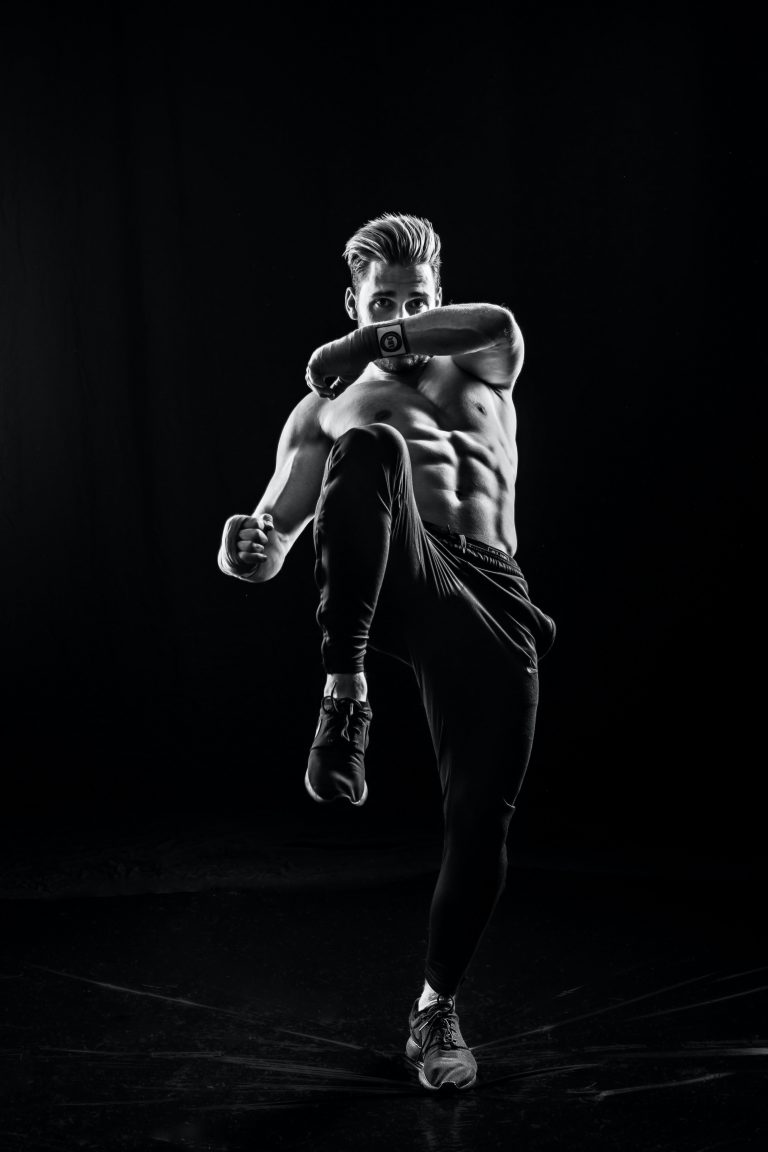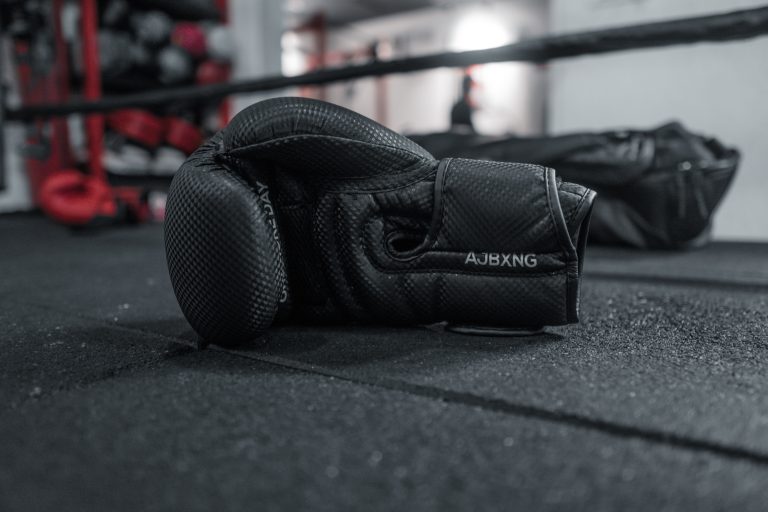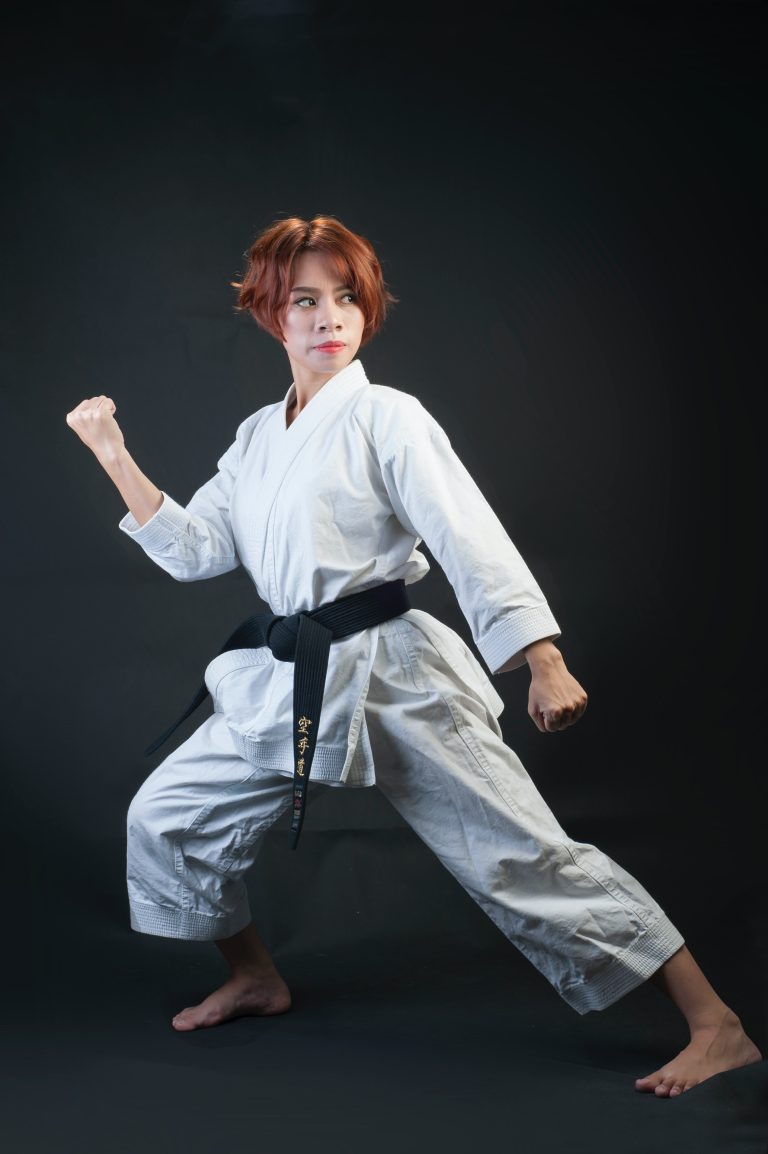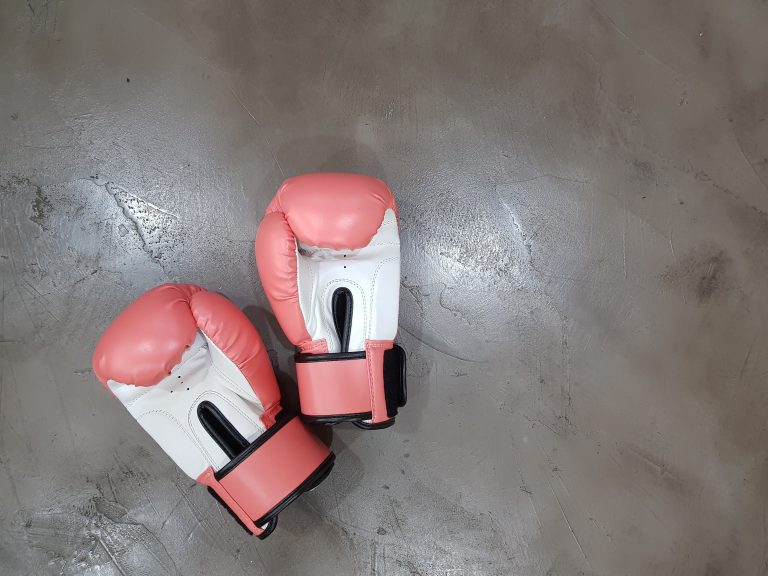Karate Dojo Rules: Everything You Need to Know
Karate is a martial art that originated in Okinawa, Japan in the early 20th century. It has since become a popular form of self-defense, physical fitness, and mental discipline around the world. For those who practice karate, it is important to understand and follow the rules of their dojo (training hall). These rules not only ensure safety and respect among students and instructors but also promote the values of karate as a way of life.
In this article, we will discuss the essential karate dojo rules that every student and practitioner should know.
1. Bowing
Bowing is a sign of respect in many cultures, and in the karate dojo, it is an integral part of the martial art. Bowing is done to show respect to instructors, fellow students, and the art of karate itself. When entering and leaving the dojo, students are expected to make a deep bow towards the front of the training area (called the shomen) and to their instructor(s). They should also bow when stepping onto and off the training mats.
During training, students should bow to their partner before and after each exercise or sparring session. Bowing is also done at the beginning and end of each class to show respect to the instructors and the art of karate.
2. Uniforms
Karate uniforms, called gi, are designed to be lightweight, durable, and flexible. The uniform serves as a symbolic representation of the values of the art, including humility, respect, and perseverance. In the dojo, wearing a clean and well-maintained uniform is mandatory. The uniform consists of a white jacket, pants, and a colored belt to indicate the student’s level of proficiency.
During training, the uniform should be worn properly and tucked in at all times. The belt should be tied correctly, with the knot centered and tied tightly enough to prevent it from coming undone during training. The uniform should also be washed and dried after each training session to maintain hygiene.
3. Hygiene
Hygiene is crucial in the karate dojo to prevent the spread of germs and infections. Students are expected to wash their hands and feet before entering the training area. Clean and well-maintained uniforms are also essential in maintaining hygiene.
Students who have open cuts or wounds should cover them with a bandage or medical tape before training. They should also inform their instructor of any health issues that may affect their ability to train.
4. Respect
Respect is a fundamental value in karate, and it must be shown to everyone in the dojo, regardless of their rank or skill level. This includes bowing to instructors, fellow students, and the art of karate itself. It also means addressing instructors and higher-ranked students with appropriate titles (e.g., sensei for instructors and senpai for higher-ranked students).
During training, it is essential to respect the safety and well-being of fellow students. This includes using appropriate force during partner exercises and sparring and avoiding risky or dangerous techniques that may cause injury.
5. Discipline
Discipline is another essential value in the karate dojo. This includes following the rules and regulations of the dojo, maintaining focus during training, and showing commitment and perseverance in one’s practice.
Students should arrive at the dojo on time, ready to train and with the necessary equipment. They should also follow the instructions of their instructors and refrain from disruptive behavior that may distract others during training.
Most Frequently Asked Questions About Karate Dojo Rules
Karate is a martial art that teaches discipline, self-control and respect for others. The dojo, or training hall, is where karate students practice and learn the art. The dojo rules are essential for maintaining order and ensuring everyone’s safety. In this blog post, we’ll answer some of the most frequently asked questions about karate dojo rules.
1. What Are the Most Common Dojo Rules?
The most common dojo rules include:
- Bowing upon entering and leaving the dojo.
- Removing shoes and placing them in designated areas.
- Keeping the dojo clean and tidy.
- Being respectful to instructors, fellow students, and all visitors.
- Avoiding food, drink, and gum inside the dojo.
- Keeping conversations to a minimum while inside the dojo.
2. Why Do We Bow in Karate?
Bowing is a sign of respect in karate. We bow to show respect to the dojo, to the instructors, and to our fellow students. It’s also a mark of humility and a reminder that we are there to learn.
3. Can I Wear My Regular Clothes to Karate Class?
No, you cannot wear your regular clothes to karate class. You must wear a karate gi, which is a traditional uniform consisting of a jacket, pants, and a belt. The gi is designed to allow freedom of movement, and it also reflects the traditional aspects of karate.
4. Is It Okay to Wear Jewelry in Class?
No, it’s not okay to wear jewelry in class. Jewelry can be dangerous during training and could injure yourself or your training partner. It’s also a sign of disrespect to the art and the dojo to wear jewelry during training.
5. What Happens If I’m Late to Class?
If you’re late to class, bow upon entering the dojo and take a moment to prepare yourself mentally. After that, join the class as quietly and quickly as possible. It’s considered disrespectful to be late, but it’s better to be late than to miss class entirely.
6. Can I Talk to My Friends During Class?
No, you should avoid talking to your friends during class. It’s important to remain focused and attentive during class, as you’ll miss important instruction and could be a distraction to others. Socializing with friends can wait until after class.
7. What Happens If I Need to Leave Class Early?
If you need to leave class early, notify your instructor beforehand if possible. Otherwise, when you need to leave, bow to the instructor and ask permission to leave. It’s important to avoid leaving during training or sparring times, as this is disruptive to the class.
8. What Happens If I Forget My Belt?
Forgetting your belt is an honest mistake, and your instructor will likely let you train anyway. However, it’s important to take your training seriously, and not forget your belt again in the future.
9. What Happens If I Don’t Follow the Dojo Rules?
Not following the dojo rules is considered disrespectful to the art, the dojo, and your fellow students. Instructors may impose a penalty, such as performing extra push-ups or sit-ups, for breaking the rules. If the behavior continues, students may be asked to leave the dojo.
Karate Dojo Rules – A Comprehensive Guide
Karate is a traditional form of martial arts that originated in Japan. Apart from the physical training, it also focuses on discipline, respect, and self-control. And, dojo rules form a crucial part of karate training. Knowing the rules and following them diligently is essential for the students to learn, grow and excel in their karate training. In this post, we will cover the essential dojo rules that every student must follow.
Rule 1: Bowing
Bowing is an integral part of karate and symbolizes respect for your training partners, instructors, and the art itself. When entering the dojo or dojo training area, it is customary to bow towards the shomen (the front wall) to show respect for the place where you will be training. When bowing towards a particular person, use a standing bow from the waist with hands to the side.
Rule 2: Respect for the Sensei
Sensei is a Japanese word that means teacher or mentor. In the context of karate, the Sensei is the head instructor who leads the training. Students should show respect towards their Sensei at all times. Use the title “Sensei” when addressing your instructor, and follow their instructions diligently.
Rule 3: Punctuality
Arrive early for your karate training sessions. This will give you enough time to prepare for class and focus on your mental and physical state before stepping onto the dojo training area. Arriving late interrupts the class and shows a lack of respect for the other students and the Sensei.
Rule 4: Respect for Other Students
Karate is an individual sport but also requires cooperation with your training partners. Treat your fellow students with respect and kindness. Help each other to overcome difficulties and congratulate other students on their achievements. Karate training is not about competition, but rather about self-improvement.
Rule 5: Proper Clothing
Wear the proper uniform known as ‚Gi‘ and keep it clean at all times. The Gi helps to show respect for the dojo, Sensei, and other students, and also allows for a uniform training environment. Pay attention to the belt’s color, as it corresponds to your rank and is an indication of your level of skill.
Rule 6: Cleanliness
Maintain cleanliness in the dojo premises, including the training area, changing rooms, and restrooms. Do not litter or leave things lying around. Clean up the area after use, and take care of your personal hygiene.
Rule 7: No Shoes or Footwear Allowed
Wearing shoes or footwear on the dojo training area is strictly prohibited. Remove your shoes or footwear before entering the dojo training area, and place them in a designated area. This helps to maintain a hygienic environment and shows respect for the dojo.
Rule 8: No Food, Drink or Chewing Gum
Eating, drinking, or chewing gum in the dojo training area is not permitted. These actions can lead to unnecessary distractions and disrespect the dojo’s sanctity.
Rule 9: No Talking
During the class, communication must be limited to essential instructions and queries. Unnecessary talking can interrupt the class and show disrespect towards the Sensei and other students.
Rule 10: No Violence or Aggression
Karate is a discipline that emphasizes self-control and respect towards others. Students must not use their karate skills outside of the dojo area unless required to protect their safety or that of another person. Any display of violence or aggression inside the dojo training area can result in immediate expulsion.
Conclusion
In summary, following the dojo rules is essential for any student of karate. Dojo etiquette emphasizes discipline, respect, and self-control, which are fundamental values of the art of karate. Understanding and following these rules will ensure a peaceful and conducive environment for effective karate training. Remember to practice these rules diligently, and you will surely excel in your karate training journey.
Inhaltsverzeichnis





